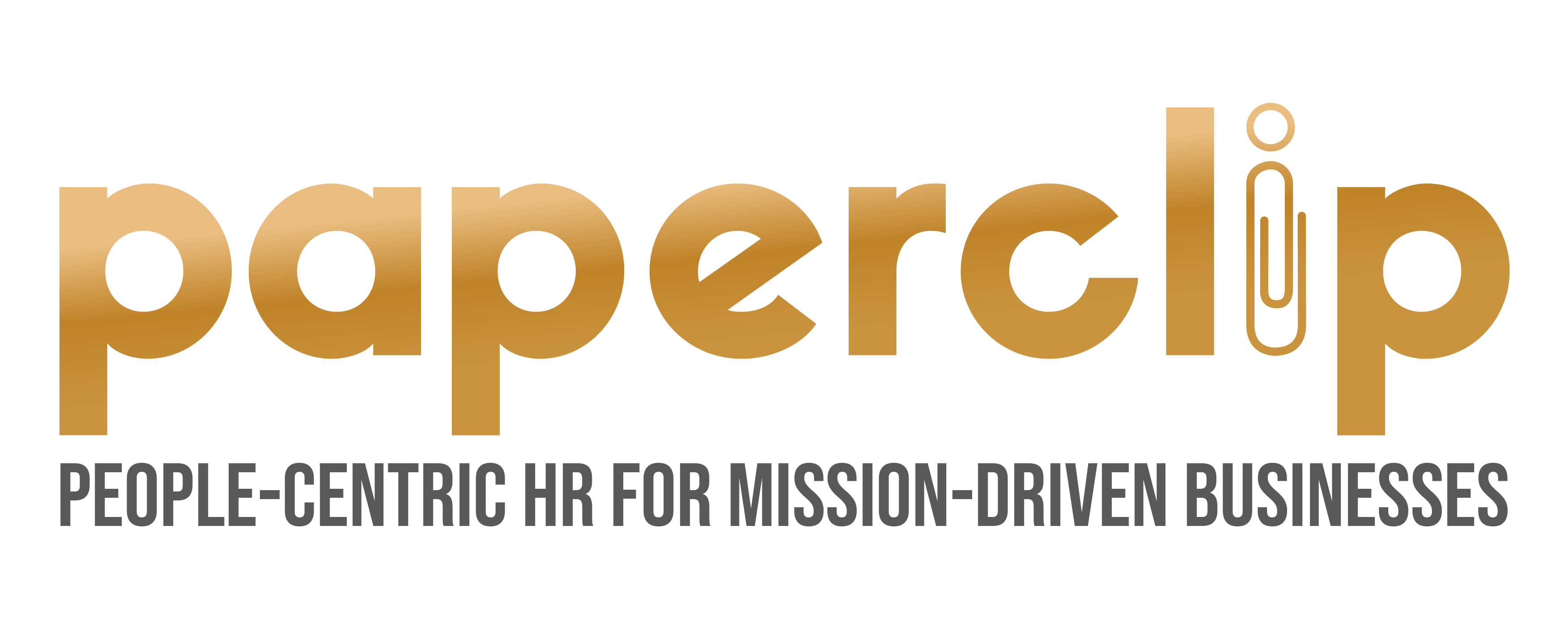Optimizing Your Office Space
The design and layout of your office space play a significant role in influencing productivity and overall work performance. A well-organized and thoughtfully designed workspace can foster a conducive environment for creativity, collaboration, and efficiency. In this blog post, we’ll explore practical tips from Paperclip Ltd to help you set up your office for maximum productivity.
Prioritize Ergonomics
Invest in ergonomic furniture, including adjustable chairs and desks, to promote comfort and reduce physical strain. Properly positioned computer monitors and keyboards can help prevent common workplace injuries like back pain and repetitive strain injuries.
Maximize Natural Light
Position workstations near windows to harness natural light. Natural light not only boosts mood and energy levels but also enhances focus and cognitive performance. Consider using curtains or blinds to control glare.
Create Functional Work Zones
Divide your office into specific zones for different tasks. Have dedicated areas for individual work, collaborative projects, and meetings. This helps in maintaining focus and provides clarity on designated work areas.
Organize and Declutter
A clutter-free workspace reduces distractions and promotes a clear mindset. Provide ample storage solutions like shelves, cabinets, and drawers to keep office supplies and documents neatly organized.
Incorporate Greenery
Introduce indoor plants to add a touch of nature to your office environment. Plants not only enhance the aesthetics but also improve air quality, reduce stress levels, and increase overall well-being.
Utilize Technology Wisely
Ensure that technology is integrated seamlessly into your workspace. Arrange cables and wires neatly to avoid visual clutter. Use collaborative tools and software to streamline communication and project management.
Personalize Your Workspace
Allow employees to add personal touches to their workstations, such as photos, artwork, or plants. A personalized space can foster a sense of ownership and comfort, leading to increased job satisfaction.
Provide Comfortable Breakout Areas
Designate areas for relaxation and informal meetings. Comfortable seating, soft furnishings, and amenities like coffee stations create spaces for employees to recharge and brainstorm.
Implement Sound Management
Minimize noise distractions by incorporating sound-absorbing materials like carpets, curtains, and acoustic panels. Consider designating quiet zones for tasks that require intense concentration.
Regular Maintenance and Updates
Conduct routine checks to ensure that equipment, furniture, and technology are in good working order. Address any issues promptly to maintain a conducive and efficient workspace.
By implementing these strategies, you can transform your office into a space that promotes productivity, creativity, and overall well-being. Remember, a well-designed workspace not only benefits employees but also contributes to the overall success of your organization.
